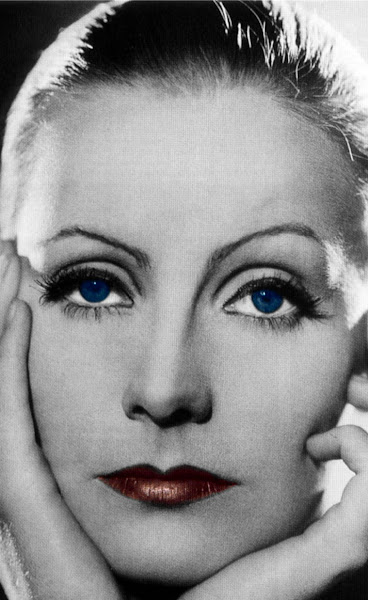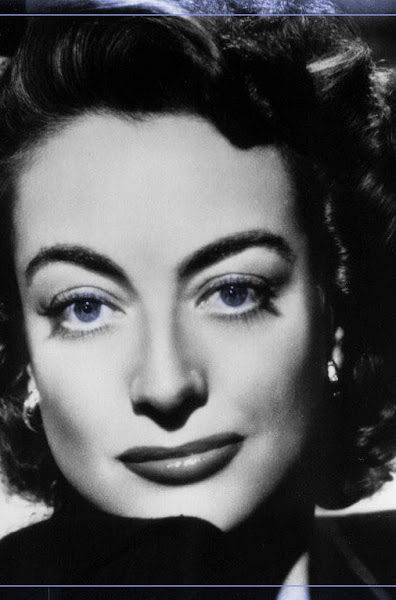
*As seen in the February 2010 issue of "Out & About" newspaper. To access it, click here.*
In keeping with the theme of love (or – as I will argue – lack thereof), I would like to reflect on the status of queer movies in America today.
We are now in the year 2010, but the most critically acclaimed gay film of the year is Tom Ford’s “A Single Man.” Are queers destined to be forever unhappy on the silver screen? How indebted do these modern films continue to be to pre-Stonewall discourse about how miserable gays and lesbians are and should be?
Through queer film history, there have been blips of happy endings (albeit none before the complete demise of the Hays Code in 1968). Two of the few films with happy (or at least seemingly happy) endings that I can think of include “A Very Natural Thing” (1973) and “Parting Glances” (1986) (reviewed in last month’s issue of this very publication). Otherwise, the typical GLBTQ film (the examples are too many) concludes with at least one protagonist’s death (murder or suicide), social or self-condemnation, and/or a sense of general melancholy.
So what is a queer to do? Despite the growing number of GLBTQ films circulating these days and the resounding critical acclaim many mainstream ones muster, the subject material is perpetually influenced by historical treatments of gays and lesbians. This means that while heterosexuals will be treated to saccharine romance films that studios churn out at this time of year every year, queers are stuck with “romances” that end in tragedy time and time again. For example (with spoilers), in 2005 Heath Ledger and Jake Gyllenhaal shared the love that dared not speak its name in “Brokeback Mountain” until Gyllenhaal’s unfortunate demise to a tire iron. In 2008, Sean Penn had several partners in “Milk,” including those played by James Franco and Diego Luna – until one left him and the other hanged himself. And this was all before Penn as Milk met his fate at gunpoint. Finally, at the present, “A Single Man” enters theaters and not only do queers lose out on another potentially happy film in the canon, but they get to watch lonely Colin Firth as he miserably desires suicide after the death of his life partner.
Will the GLBTQ community ever see a happy gay film? It seems that the problem lies in not just film narratives’ perpetual lodgings in pre-Stonewall ideologies, but more importantly in their passive acceptance of the most miserable aspects of our history. After all, “Brokeback Mountain” is set in conservative 1960s Wyoming, “A Single Man” is also set in the 1960s, and the famous story of Harvey Milk is set in the throes of 1970s gay liberation (and the strong conservative resistance to it).
I believe that it would be a terrible idea for queers to forget their history, but can we consider not adapting Gore Vidal’s “The City and the Pillar” (originally published in 1947)? Instead, we might finally have a film concerning gay protagonists who are not miserable, suicidal, or threatened but are absolutely and irrevocably happy and in love. When will there be a time that such a gay film appears in the mainstream public consciousness?
Unfortunately, I can only wonder at this point. I know that the answer will only come when the public is not only ready and willing – but also ready to set aside the past to document the future.
February 19, 2010
Random Musing: Modern Queer Movies and the Search for a Happy Ending
February 18, 2010
Random Musing: No Ontology without Ritual - Feminism in Maya Deren’s Ritual in Transfigured Time
P. Adams Sitney usefully describes "Ritual in Transfigured Time" [Maya Deren, 1945] as the complex “architectonic film,” which, as a concept, aims to blend myth and ritual (Sitney, Visionary Film, pg. 25). Maya Deren’s film unifies mythical tales of the Norns, the Fates, the Graces, and Pygmalion with rituals of marriage, dance, and domesticity. I argue that the openly secret common denominator between these motifs is feminism, specifically as it relates to the ontology of the female protagonist(s). If ontology is the study of the state of being, then my assertion pursues the question of how the film represents the (specifically) female’s state of existence. The death of woman without domestic ritual or as a result of the marriage ritual seems to be a criticism from a distinctly feminist perspective. As any film is presented through the critical lens of its filmmaker, "Ritual"’s Maya Deren presents viewers with her epistemological reflection on woman’s subservience to ritual (woman is born, marries a man, domestically serves a man, is widowed by man, and dies) and how it affects the woman’s ontology.
For Deren, the female protagonist in "Ritual" follows a “sexual rite of passage from ‘widow to bride’” (quoted by Sitney, pg. 26). Furthermore, “'Ritual' has two principal figures, although ultimately the film reduces itself to the initiation of a single persona, the female” (pgs. 25-6). Considering these two thoughts together, Deren’s tale is one of female degeneration – from two personae to one and from widow (the near-“end” of a woman’s life) to bride (the conventional, conservative “beginning” of a woman’s life, especially as it relates to domesticity).
The two personae first come into contact at the beginning of the film. (In fact, it could be said that the presence of the first woman, “the invoker” (played by Deren herself), “wills into life” the second woman, “the widow,” in a feat that is distinctly maternal. Furthermore, it is interesting that the state of being of “the widow” begins at the near-“end” of her “life”). While “the widow” makes a ball of yarn from the wool between the hands of “the invoker,” the act of running out of wool causes “the invoker” to disappear; her ontology is compromised because when the wool in her hands no longer exists, she, as a woman in the domestic sphere, ceases to exist.
On the other hand, the widow’s ontology is questioned at the end of the film, when she runs into the water and sinks (in a negative image). Instead of drowning in her black dress and scarf, she goes underwater in a bridal gown, obviously a particularly feminist criticism of marriage as “the veritable end of female existence.” Technically, then, the bride goes out of existence as the final image fades out. However, I optimistically read the bride’s final freeze frame in the negative image as an appeal for a new ontology. She no longer exists in the conventionally “positive” image, so her position outside of ritual (especially as it relates to cinematography) puts her in the position to grow outside the constricting boundaries of “death” by marriage, filmed as a “positive” image.
"Ritual in Transfigured Time" engages in studying the ontology of female personae, especially in regard to architectonics. Woman (as represented by “the invoker” persona) cannot exist without domestic obligations to give her ontology worth, but woman (as represented by “the widow-to-bride” persona) also cannot exist with the conservative obligation of the marriage ritual (as she drowns in her gown). However, the fact that the final image of this second persona is in negative image offers hope to the evolution of woman to a new ontology outside of ritual and cinematic conventions. Even if this film is full of feminist criticisms of ritual, I prefer to think that my optimistic interpretation of the final shots affirm the potential for the female to escape ritual.
February 17, 2010
In the News/Random Musing: The Academy Award Nominations '10

Some of you might have been wondering why I have not blogged at all about this year's Academy Award nominations (being that I am such an Oscar nut). Well, I have two reasons: 1.) I have been extremely busy with school, work, and extracurricular activities and, as a result, have not had time to do so; and 2.) An even better reason, I got to talk about my predictions on television! This past weekend, I appeared on News Channel 5+ (Nashville, TN)'s Out & About Today (the televisual outlet for the newspaper for which I write). Chuck Long (the host) and I only discussed the nominations for Best Picture, Actor, Actress, Supporting Actor, and Supporting Actress, but I was able to squeeze my opinion on Director in there, as well. To see my predictions, watch the following video:
Exciting stuff, huh? Not only did I get to appear on television, but I got to do it in the way that I always wanted to: talking about the movies, Ebert-style! I hope you enjoy!
The Academy Awards will air March 7th, 2010 at 8 pm EST on ABC. For a complete list of nominees, click here.

.jpg)

.jpg)
.jpg)
